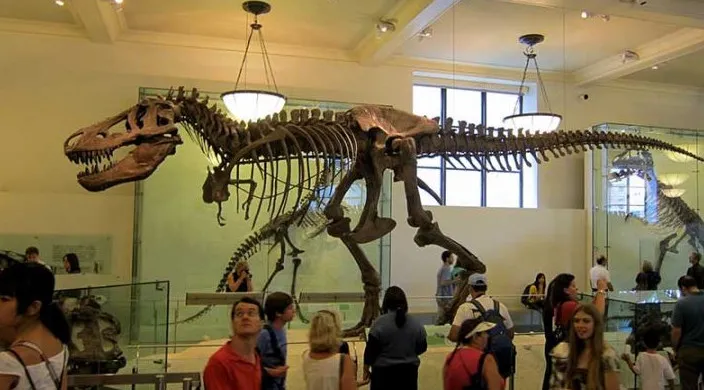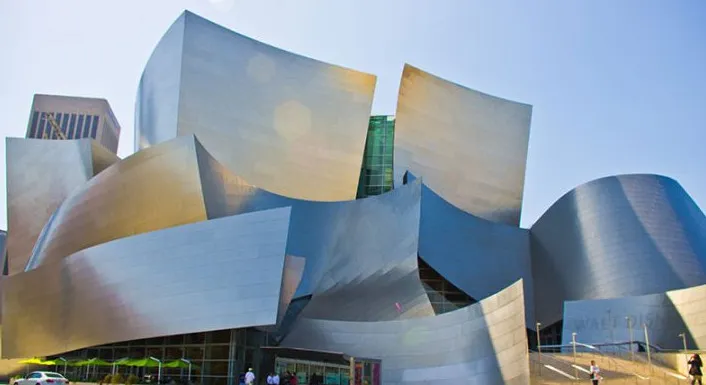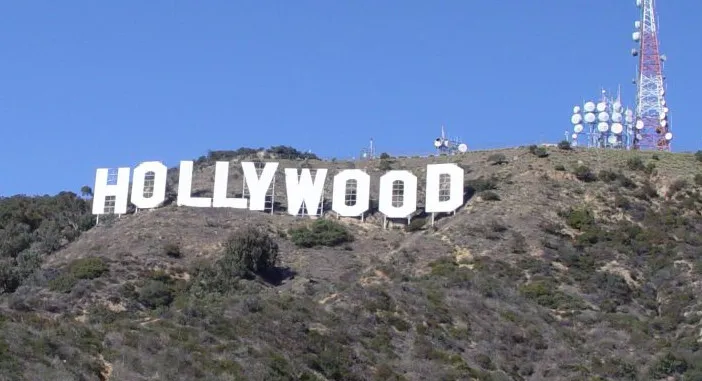Los Angeles, California’s largest city, is not only famous for Hollywood, the movie capital, but also an ideal destination for those who love exploring nature and history. Besides its long beaches and vibrant amusement parks, Los Angeles is home to unique natural history museums where visitors can immerse themselves in the world of science, learn about the Earth’s formation and development, and admire rare collections of flora and fauna. Let’s explore the most fascinating natural history museums in Los Angeles, where knowledge and experience intertwine, offering you unforgettable memories.
Natural History Museum of Los Angeles County
The Natural History Museum of Los Angeles County is one of the largest and oldest museums in the western United States. It is not only a treasure trove of knowledge but also a beautiful architectural landmark, attracting millions of visitors each year. The museum boasts a vast collection of over 35 million artifacts and specimens, including fossilized dinosaur skeletons, preserved wildlife, rare minerals, and cultural artifacts from around the world.

Scientific researchers regularly visit to study the stages of human and Earth’s development. A particular highlight of the museum is its fossilized dinosaur skeleton collection, considered the largest in the United States, allowing visitors to explore the world of giant creatures that once dominated our planet. In addition, the museum features interactive exhibits that help visitors better understand different ecosystems and the importance of nature conservation.
California Science Center
The California Science Center is a must-visit destination for anyone passionate about science and technology. Here, visitors can explore natural phenomena, learn about the universe and space technology, and participate in exciting science experiments. One of the main attractions of the center is the Space Shuttle Endeavour, an icon of the U.S. space program.

Visitors can see this spacecraft up close and learn about its history, technology, and contributions to the advancement of space science. Additionally, the center has exhibits on marine ecosystems, where visitors can discover the diversity of marine life and the importance of marine environment protection. The educational programs and interactive activities at the center are designed to encourage curiosity and scientific exploration at all ages.
Page Museum at La Brea Tar Pits
The Page Museum at La Brea Tar Pits is a unique location where visitors can witness the preservation and study of Ice Age animal fossils. The La Brea Tar Pits are one of the richest fossil sites in the world, where thousands of fossils of animals have been trapped in natural asphalt for tens of thousands of years.
Visitors can tour the museum to see skeletons of mammoths, saber-toothed cats, and other animals that once inhabited the Los Angeles area during the Ice Age. Scientists at the museum continue to excavate and study new fossils, offering visitors exciting new discoveries about Earth’s past.
Huntington Library, Art Museum, and Botanical Gardens
Although not strictly a natural history museum in the traditional sense, the Huntington Botanical Gardens is a lush green oasis where visitors can explore the diversity of the plant world. This vast garden includes many different themed gardens, each representing a different ecosystem or geographic region of the world.
Visitors can stroll through the serene Japanese Garden, explore the Desert Garden with its unique cacti and succulents, or admire the Rose Garden with thousands of blooming roses. In addition, the Huntington also has a library and art museum, where visitors can learn about human history, culture, and art.
Explore Hollywood: Entertainment Capital of the World
While not a natural history museum, Hollywood, the movie capital of the world, is an indispensable part of the Los Angeles exploration experience. It is not only where blockbuster movies are produced but also a cultural icon, attracting millions of visitors each year.

Visitors can tour movie studios, stroll along the Hollywood Walk of Fame, which honors top stars in the entertainment industry, or visit the Dolby Theatre, home of the prestigious Academy Awards. Hollywood offers visitors an insight into the entertainment industry and popular culture of the United States.
Hollywood Walk of Fame: Honoring the Stars
The Hollywood Walk of Fame is one of the most famous destinations in Los Angeles, honoring those who have made significant contributions to the entertainment industry. Thousands of stars are embedded in the sidewalks, representing various fields such as film, television, music, radio, and theater.

Visitors can search for their favorite stars’ names and take souvenir photos. When a star passes away, fans often place flowers and candles at their star to pay tribute. The Walk of Fame is a symbol of success and glory in the entertainment industry.
Hollywood Forever Cemetery: Resting Place of Legends
Hollywood Forever Cemetery is a historic cemetery, the final resting place of many famous figures in the film and entertainment industry. It is not only a memorial site but also a cultural destination where visitors can learn about the lives and careers of Hollywood legends.

Visitors can visit the graves of Rudolph Valentino, Jayne Mansfield, and many other stars. The cemetery also hosts outdoor film screenings and other cultural events, attracting large crowds.
Conclusion
Los Angeles is not just a city of movie stars and vibrant beaches but also a cultural and scientific center with many fascinating natural history museums. From the Natural History Museum of Los Angeles County with its fossilized dinosaur collection to the California Science Center with the Space Shuttle Endeavour, each museum offers visitors unique experiences and valuable knowledge. Take the time to explore these museums to better understand history, science, and the natural world around us. A trip to Los Angeles will be more complete than ever when you combine exploring famous landmarks with learning about nature and history at the city’s unique museums.